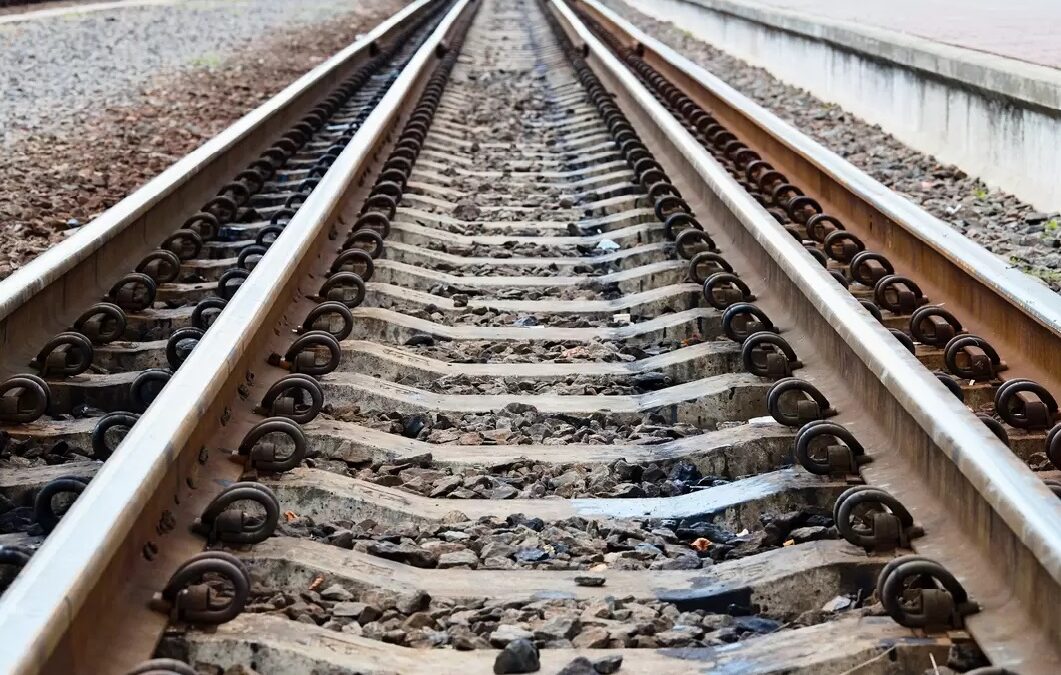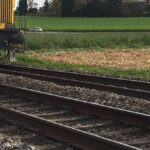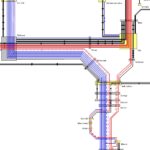The Federal Council plans to increase the train path price in freight transport from 2025. In detail, it wants to raise the basic price for wear and tear by almost 20%; on the grounds of uncovered weight-dependent marginal costs in this area. We reject this unjustified price increase. It accelerates the ongoing modal shift to the roads and contradicts the Federal Council’s modal shift objective.
This is the issue:
- Track access charges not derived transparently
- Traffic losses prohibit price increases
- Respect the legal principle of cost recovery and the polluter pays principle
- Incentive for low-wear freight wagons reversed
- Make infrastructure managers more accountable
Track access charges not derived transparently
The explanatory report of the Federal Office of Transport (FOT) of June 2023 is neither transparently designed nor comprehensibly justified. The reasons for the current determination of the train path price remain completely unclear. Since the FOT refers, among other things, to falling train path revenues, the impression is created that this is a hidden cross-financing of the SBB. Against the background of the “Sustainable Financing of SBB” bill and the reduction of the contribution margin in SBB passenger traffic envisaged therein, this justification is unreasonable for the representatives of freight traffic. Our negative response to the above-mentioned bill can be found in our hearing response of 7 March 2023 and in our blog post “SBB should take responsibility instead of 3 billion financial package”.
Traffic losses prohibit price increases
A price increase is unacceptable in view of the traffic losses in domestic, import, export and transit traffic and the significantly cheaper train path prices in the European environment. Shippers have been exposed to drastic price increases for years, especially in wagonload traffic. These are justified by exogenous factors such as train path prices.
Respect the legal principle of cost recovery and the polluter pays principle
The FOT justifies the price increase with the legal principle of cost recovery. This would be upheld even in the event of a price reduction in freight transport. On the contrary, a price reduction is in line with the polluter-pays principle, since freight traffic pays the standard marginal costs of an averagely developed network, which is mainly geared to the needs of passenger traffic. Shippers do not notice the efforts made by the infrastructure managers to build and maintain the infrastructure more cheaply.
Incentive for low-wear freight wagons twisted
The so-called wear factor is supposed to serve as an incentive to use low-wear rolling stock. In the meantime, the opposite is the case: the Federal Council is encouraging the industry not only to pay ever higher track access charges, but also to invest additional financial resources in low-wear rolling stock.
Holding infrastructure managers more accountable
The presented train-path price revision goes easy on the infrastructure operators. As representatives of the siding and terminal operators, who are directly affected by the planning, construction and maintenance costs of SBB Infrastructure in centralised sidings, we observe considerable inefficiencies and an almost shameless handling of financial resources. This is most likely equally true for the public network. The federal government should therefore also oblige infrastructure managers to contain costs.



